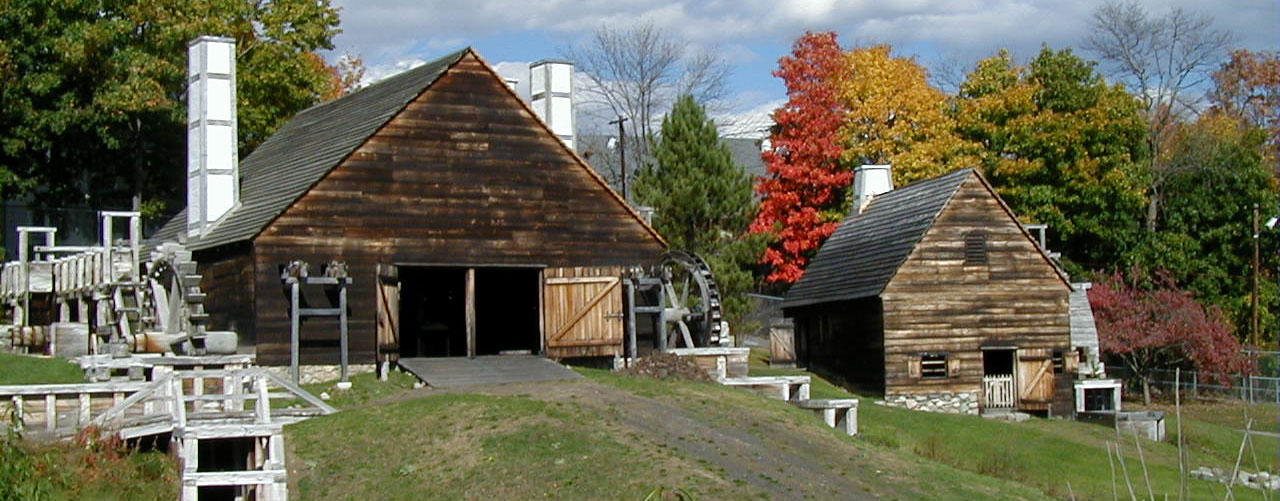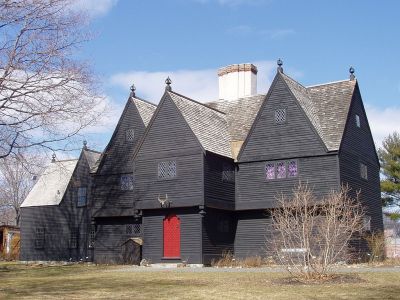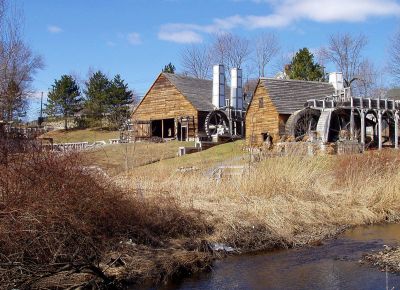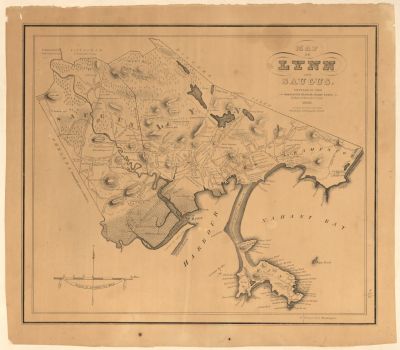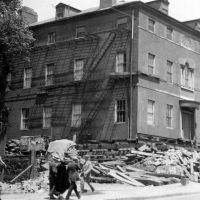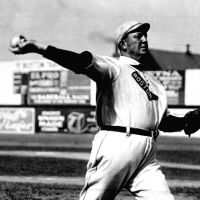Primary Source
The following resolution of the General Court of the Massachusetts Bay Colony illustrates the colony's interest in seeing the iron works operational as soon as possible.
May 14, 1645
Whereas it is now found by sufficient purpose that the iron works is very successful both in the richness of the ore and the goodness of the iron, and like to be of great benefit to the whole country, especially if the inhabitants here should be interested therein, in some good proportion, one half at the least, and whereas the time limited for adventurers to come in will be expired in the ninth month next: This Court, taking the same into serious consideration, and being careful that such an opportunity, for so great advantage to the Commonwealth might not let be slip, have taken orders that speedy notice thereof should be given to every town within this jurisdiction, expecting that all such persons as are of sufficient ability, and intend their own benefit, with the common good, will forthwith appear, will come in to share in the work, according to their abilities; and for their better instruction, and direction herein, they are hereby to understand that there is already disbursed between 1200 and 1500 pounds sterling, with which the furnace is built, with that which belongeth to it, and good quantity of mine, coal, and wood, provided, and some tons of sow iron cast, and some other things in readiness for the forge, & c.; they are also to know that no adventurer is to put in less than 100 pounds sterling; but divers may join together to make up that sum, so it all come under one name. There be need of some 1500 pounds to finish the forge, &c., which will be accepted in money, beaver, wheat, coals or any such commodities as will satisfy the workmen;…
Quoted in History of Lynn, by Alonzo Lewis and James Newhall (John Shorey Publisher, 1865).


